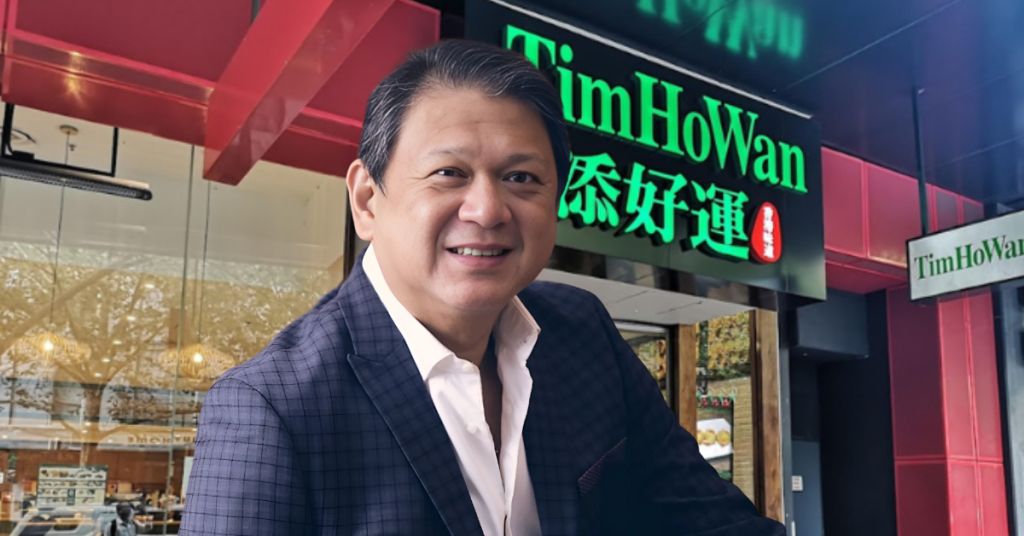Rikki Dee has opened more restaurants than most people will in a lifetime — from homegrown concepts to global hits like Tim Ho Wan, Llaollao and Kam’s Roast.
But before all the branding, interiors, and menu planning, Dee says it comes down to just three questions:
Who’s your target market? What’s your price point? And who are your competitors?
“Dapat una yung concept mo,” he says. “Sino ba ang target market mo? Anong price point ba ang target mo dito? And then identify sino kalaban mo?”
These questions aren’t just a checklist — they’re your survival plan.
Even global franchises aren’t bulletproof. “It’s still hit or miss,” Dee admits. “But 50% of the risk is gone — the brand’s proven elsewhere. The other 50%? That’s on you.”
When scouting a location, foot traffic isn’t enough. Dee’s team studies the mall dynamics, asking: What kind of restaurants are already here? How many are similar to ours? “If wala, okay tayo d’yan,” he says.
With homegrown brands, the risk is even higher. “A startup brand is hard,” Dee explains. “You have to eliminate everything — all the doubts — just to open one store.”
He’s also blunt about the economics. “Restaurant is low capex, high return — but no salvage value,” he says. “If you shut down, you’re lucky to recover a million pesos. Everything’s junk.”
Some concepts take off. Others fizzle. “Sometimes malakas sa una, tapos hindi na ma-sustain. Others start slow, then grow,” he says. “It’s different every time. But there’s always opportunity.”
The bottom line:
Before your first customer walks in, your biggest decisions have already been made. Get the fundamentals right — or risk learning the hard way why most restaurants don’t make it past year one.
This article includes quotes from an interview originally published by Esquire Philippines, authored by Henry Ong.
![]()



